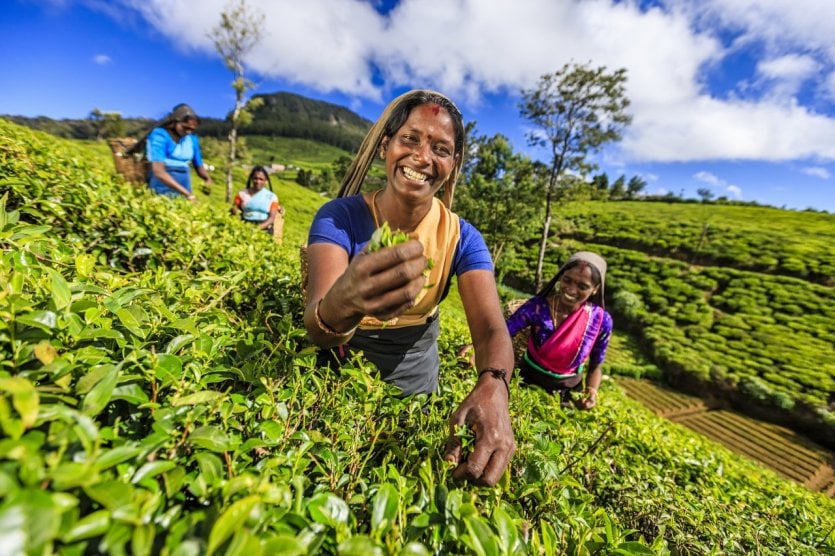
An island nation south of India, Sri Lanka is a thousand-year-old paradise that has become one of Asia's must-visit destinations in recent years. Renowned for its production of spices and tea, the territory attracts travellers keen on trekking through lush landscapes populated by numerous wild animals. It also boasts some exceptional cultural sites and temples, all of which provide an insight into the island's history, origins and beliefs. From the capital Colombo, where you can take the time to stop off at restaurants and discover a rich gastronomy that has won many fans, you can later take to the paths that lead to the splendid beaches of the south and east to simply soak up the sun and enjoy the pleasures of the sea. Sri Lanka is brimming with treasures, and here are some of the must-sees.
1. Fish and coral watching at Hikkaduwa Beach
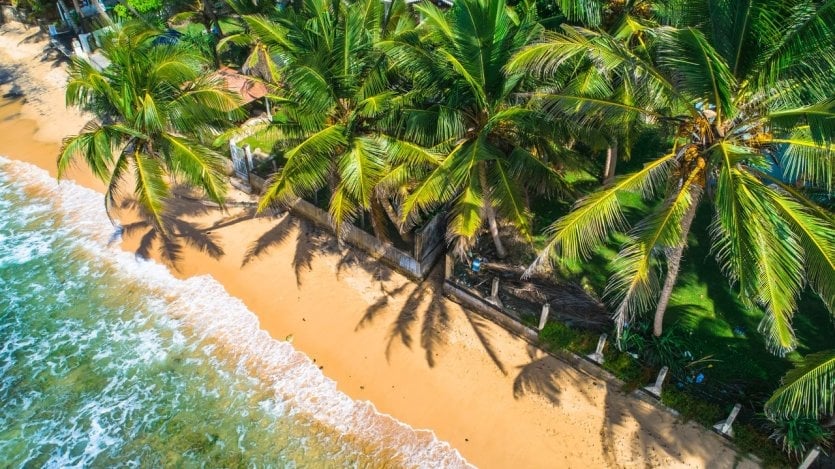
Although the town of Hikkaduwa was severely damaged by the terrible Asian tsunami of 2004, it has risen from the ashes to become one of Sri Lanka's top seaside resorts. One of the highlights is a trip to Hikkaduwa Beach, where the coral reef offers protection from the waves. Exploring the seabed and fish is a must when visiting the area, as are the delightful early-morning and late-afternoon glimpses of giant turtles. Hikkaduwa also owes its popularity with visitors to its splendid coral reefs. The Coral Garden is a natural splendor to behold , while taking care to respect its fragility.
Would you like to visit the village of Hikkaduwa? We recommend that you book this day trip and enjoy the pristine beaches of Sri Lanka's southern province.
2. Yala National Park, a touch of Africa
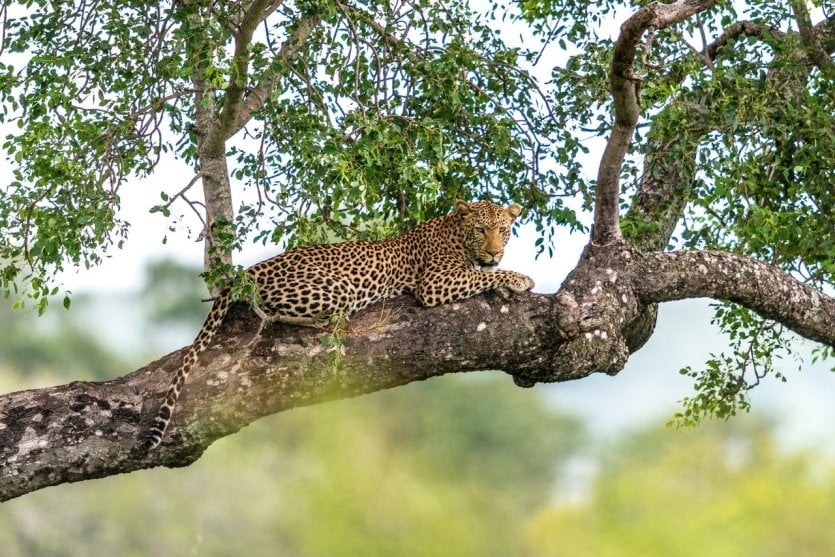
Yala National Park is the country's second largest national park. It offers the opportunity for a magnificent safari in the midst of unspoilt wilderness. As you venture along the paths, you'll come across numerous species, including elephants, crocodiles, wild boar, mongooses and a large number of bird species. But the star of the park is undoubtedly the leopard. If you look up along the way, it's not uncommon to see him sleeping peacefully on a thick tree branch. One thing's for sure in Yala National Park: never forget to take your camera. Discover the natural beauty of Yala in search of leopards, bears and elephants on this jeep safari with pick-up and drop-off at your hotel.
3. What to do in Sri Lanka Stroll around the capital Colombo
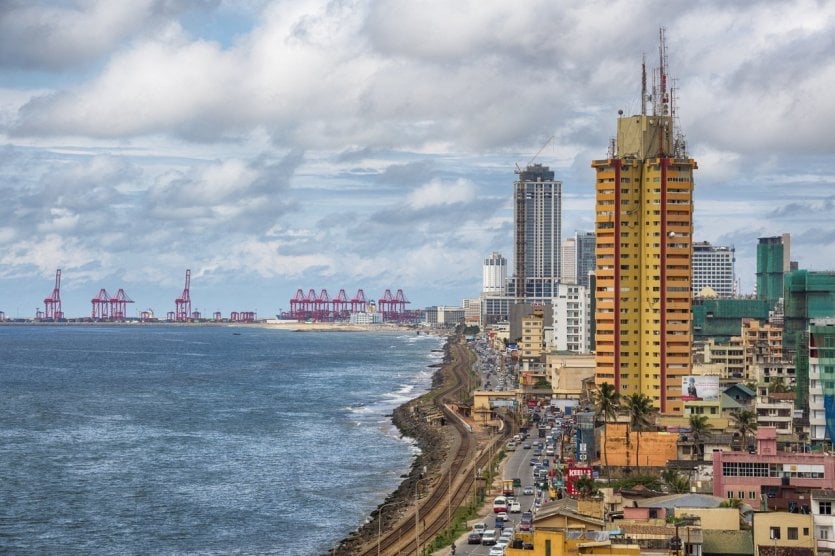
Located on the west coast of the island, the capital Colombo is a must-see on any trip to Sri Lanka. Take time to discover its heritage, which reveals both the colonial presence of the past, and the strong influences of Buddhism and Hinduism, with the presence of numerous temples. Another not-to-be-missed activity in Colombo is a long stroll through the markets. They're always bustling with produce, like the one in the Pettah district. Not to mention the markets that reveal the fragrant spices you'll be lucky enough to find in the dishes served in the city's many restaurants.
Would you like to make the most of your stay in Colombo by visiting the trendiest spots with the help of a local? This guided tour aboard a tuk-tuk, you'll discover hidden gems that only locals know about. Get ready for an authentic and amazing experience!
4. Kandy, emblem of the Cultural Triangle
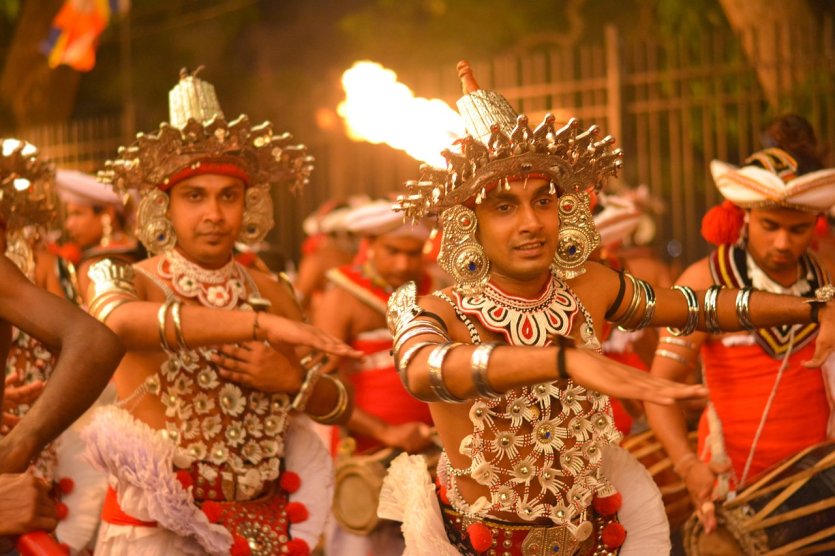
Kandy is the capital of Buddhism and a must-see city just over 110 km from the capital Colombo. Surrounded by green hills and mountains, it attracts many visitors and pilgrims, due to the presence of the Temple of the Tooth, which houses an important relic: a tooth of Buddha. Once you've taken the time to wander around this sacred site of the first order, it's a pleasure to join the botanical garden, set back a little from the city. It's home to hundreds of trees, flowers and monkeys that live their lives in total freedom. Kandy Lake is another peaceful spot where you can enjoy a leisurely stroll on foot or take a boat trip around the lake.
If you wish to discover Kandy, we recommend that you book an excursion with a local guide who will show you his favorite spots , such as the sacred Temple of the Tooth, the Queen's Bathing Pavilion, the Kandy National Museum, the hilltop Buddhist temple and the banks of the Mahawali River, where you can see monkeys and maybe even a jaguar in the distance.
5. What to do in Sri Lanka An excursion to Uda Walawe National Park
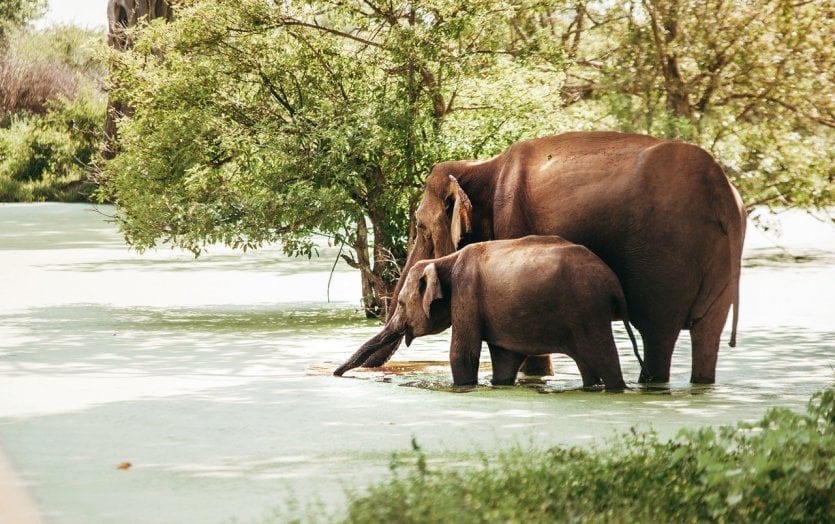
In the heart of a tropical plain lies another magnificent national park: Uda Walawe. Here you'll find a large man-made lake, allowing the animals on its shores to cool off whenever they wish. In a vegetation composed mainly of tall grasses and trees, elephants can be seen in great numbers. There are around 500 in the area, and an orphanage has been set up to care for and support orphaned elephant calves. But it's not just elephants that enjoy the area, as leopards and a variety of bird species can also be found here. Click here to book yourprivate safari in Udawalawe National Park in just a few clicks!
6. Anuradhapura, a spiritual city
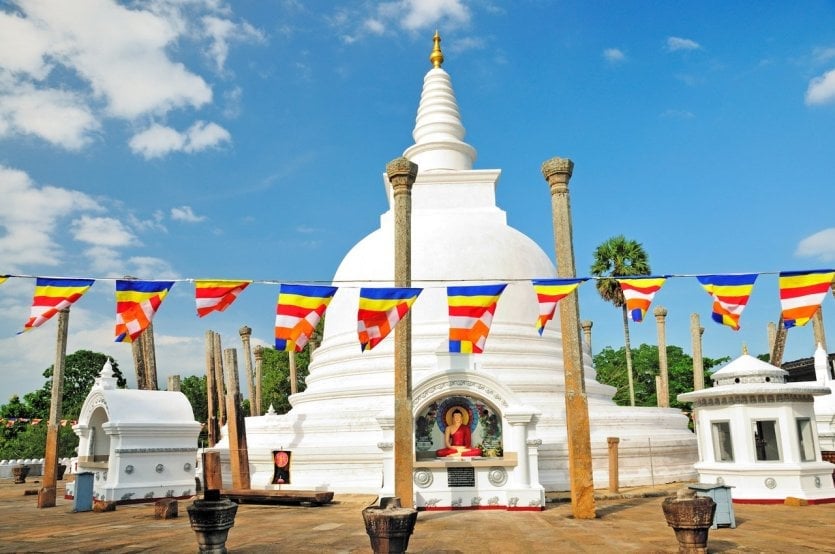
Anuradhapura was the capital of Sri Lanka for some 15 centuries, and was home to no fewer than 119 kings. A spiritual Mecca , the city is home to numerous monasteries, ruins, stupas and temples that invite meditation and respect. The town is also home to the 30 m-high Bodhi tree, one of the world's oldest trees and the place where the Buddha attained enlightenment. Anuradhapura is one of Sri Lanka's many Buddhist shrines. The city is also a UNESCO World Heritage Site.
7. What to do in Sri Lanka Take the train to Ella
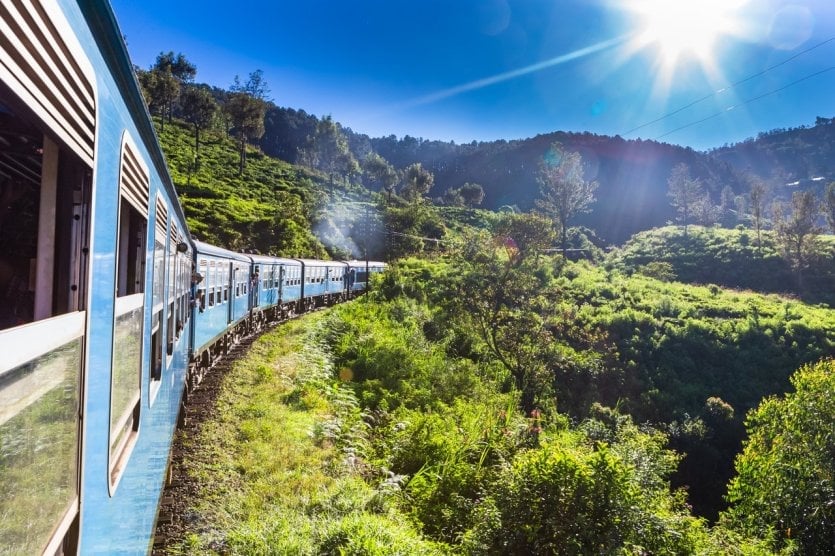
A must-do experience in Sri Lanka is to take the train to contemplate the beauty of the sc enery, for example, sitting in a carriage from Kandy to the charming town ofElla. This is where you cross a mountainous region at reduced speed. From the windows, all you have to do is enjoy the beauty of the countryside, with its lush green valleys and endless tea plantations. Here and there, we also witness scenes of local life, from tea-picking, of course, to uniformed schoolchildren strolling to school, or Sri Lankans diving into rivers to cool off. A unique journey.
Would you like to experience this picturesque train journey? Go here to book your ticket for the famous train from Kandy to Ella, considered one of the most scenic train journeys in the world, and avoid the wait at the ticket office on the spot!
8. Getting to Nuwara Eliya
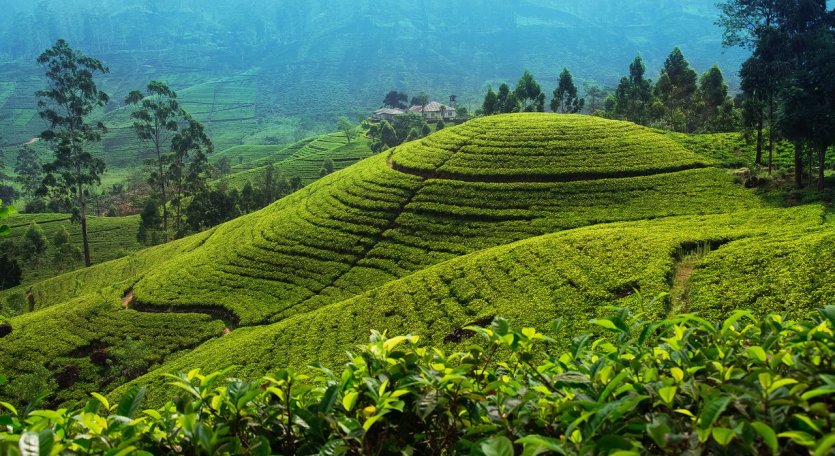
Located 70 kilometers south of Kandy and 162 kilometers east of Colombo, Nuwara Eliya is a small town nestled at an altitude of 1889 meters. From the 19th century until independence, it was the preferred destination of English settlers seeking summer respite from the stifling atmosphere of Colombo. Although Nuwara Eliya is often referred to as "Little England", the British influence is only palpable to the west of the town and near Lake Gregory. This is the place to go to explore the remnants of the colonial era, preserved in the nostalgic atmosphere of the old palaces. Don't miss out on the cool climate and the remarkable beauty of the surrounding area, with its tea-plantation-draped hills interspersed with numerous waterfalls offering a panorama of exceptional beauty.
Discover Little England on this guided tour, which takes in a number of major sites, including the Hanuman temple, the tea plantation, the Ramboda waterfalls, Lake Gregory and Victoria Park.
9. A trip to Horton Plains National Park
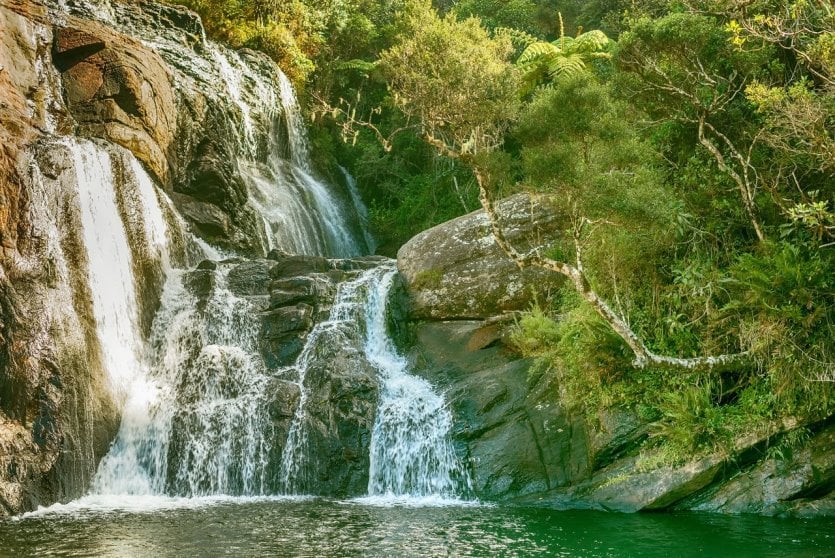
Located high above Nuwara Eliya, Horton Plains National Park can be reached by car. A tip: leave early in the morning and watch the sunrise over the steppes. This park, which is classified as a National Reserve, boasts a landscape of thick forests, rocky meadows and waterfalls, where you can cool off in the heat. The high peaks of Kirigalpotta and Thotapolakanda can also be seen, as can animal species such as elephants, bears, leopards and sambars. A place of extraordinary biodiversity.
Discover Sri Lanka's Horton Plains National Park on this guided tour which will show you a variety of landscapes, a wide range of wildlife and the region's rare fauna, flora and animals.
10. Visit Sigiriya Fortress on Lion Rock
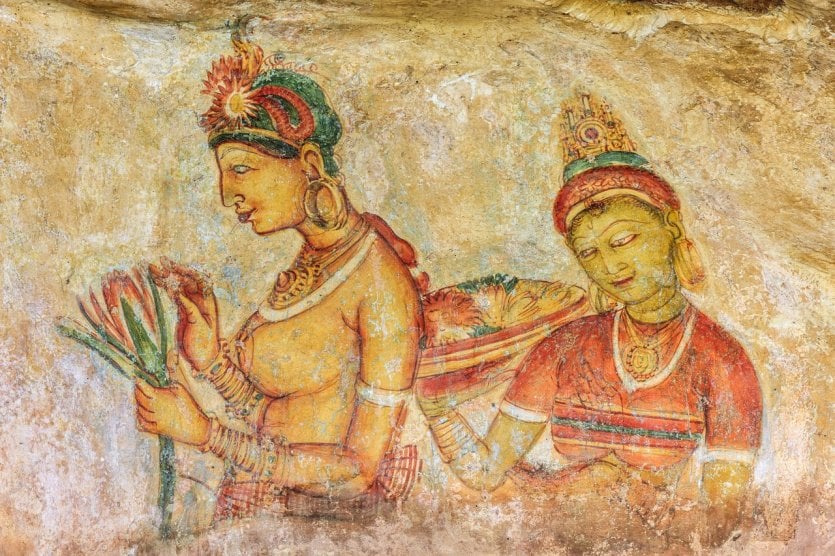
The Sigiriya fortress (or Simhagîri, meaning "Lion's Rock") is a major archaeological site where nature meets history and architecture. At the end of the5th century, King Kassapa, in exile after killing his brother and driving him out of the kingdom, built an incredible fortress on an impressive 370-metre-high rock rising out of thick jungle. Today, the fortress is a Unesco World Heritage Site dating back to the5th century. To reach the heights, don't be afraid to climb the many frescoed steps leading up to the ruins of this prestigious palace . But it's well worth the effort, not only for the unreal beauty of the place, but also for the panoramic view over the ocean of vegetation surrounding the rock.
Take advantage of this this guided walking tour of Sigiriya's rock fortress, one of the most important attractions in Sri Lanka's cultural triangle, with an experienced guide who will show you around the fort and its important historical monuments.
11. What to do in Sri Lanka Delicious cuisine
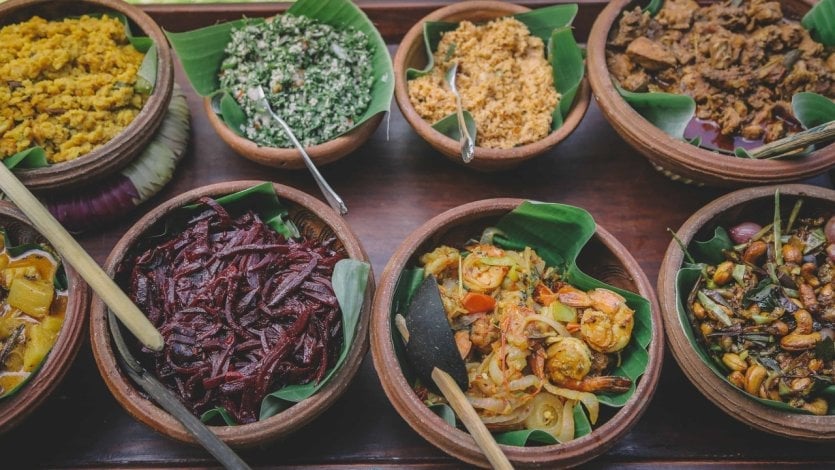
If Sri Lankan culture is rich, it's also thanks to its gastronomy. It is influenced not only by neighboring India, but also by the different cultures that have stopped over on the island. Must-try dishes include rice and curry, lentil dal, eggplant curry with coconut milk and patties, stuffed fritters . The cuisine is often spicy, but many dishes are also sweetened with coconut. Vegetables and herbs add a variety of flavors to the dishes. As for desserts, there are pastries, the famous watalappan pudding and a host of tropical fruits to delight the taste buds. And then, of course, there are the many teas, Sri Lanka's national beverage.
12. Polonnaruwa
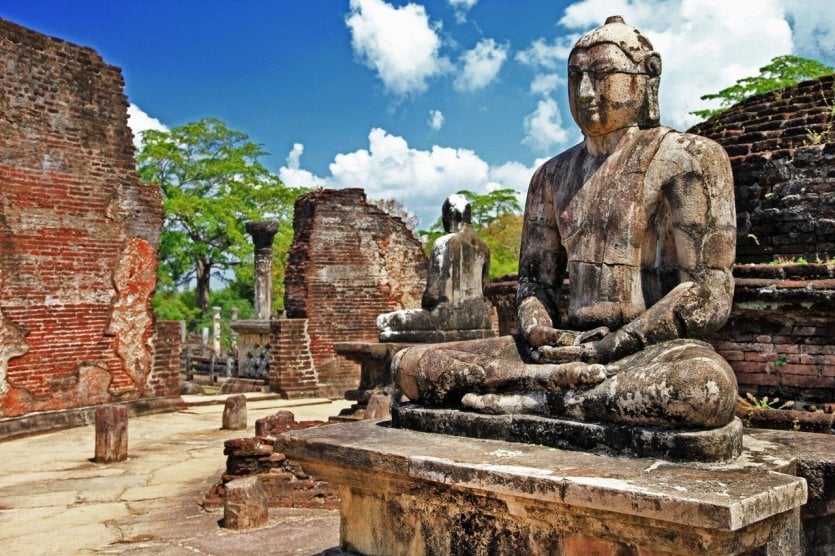
Sri Lanka's second-largest historical capital , Polonnaruwa is renowned for its vast archaeological site , dating back to the 11th and 12th centuries and listed as a UNESCO World Heritage Site. Here you can visit temples, pools and statues, including the four famous Buddhas of the Kalu Gal Vihara. In the 12th century, King Parakrama Bahu I strengthened the city by undertaking enormous works, including the creation of gardens and the construction ofan immense 2,400-hectare reservoir, designed to irrigate the surrounding rice fields. Still in use today, this small lake is commonly referred to as Parakrama Samudra, or the "Sea of Parakrama". If you're interested in the history of ancient Ceylon, we recommend discovering the ruins of Polonnaruwa on this guided bike tour to discover Sri Lanka's medieval capital.
13. Visiting Trincomalee and the surrounding area
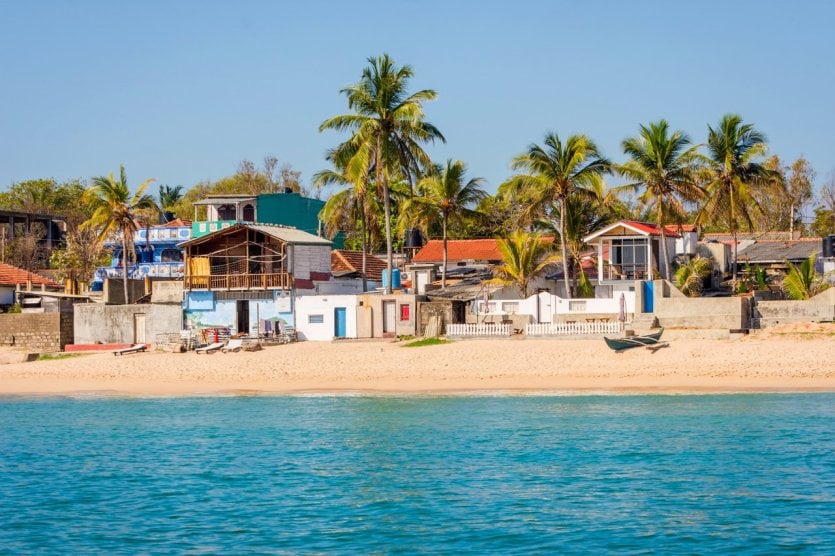
Located 109 kilometers from Polonnaruwa, Trincomalee lies on a peninsula surrounded by three bays: Inner Harbour to the south, Dutch Bay to the northeast and Back Bay to the northwest. For almost 2,000 years, the town has been renowned and envied for the splendour of its natural harbour. Trincomalee's main attraction is Fort Frederick, perched on the eastern tip of the town, offering breathtaking panoramic views thanks to its privileged geographical location. The city's two beaches, Back Bay and Dutch Bay, are not ideal for beach paradise enthusiasts, as their proximity to the port and relative pollution make them less than ideal for swimming. However, between May and October, Trincomalee becomes an excellent spot for dolphin and whale watching.
Take a full-day guided tour of Trincomalee and immerse yourself in the region's nature and ancient religious architecture by booking right here.
14. What to do in Sri Lanka Visit the Dambulla caves
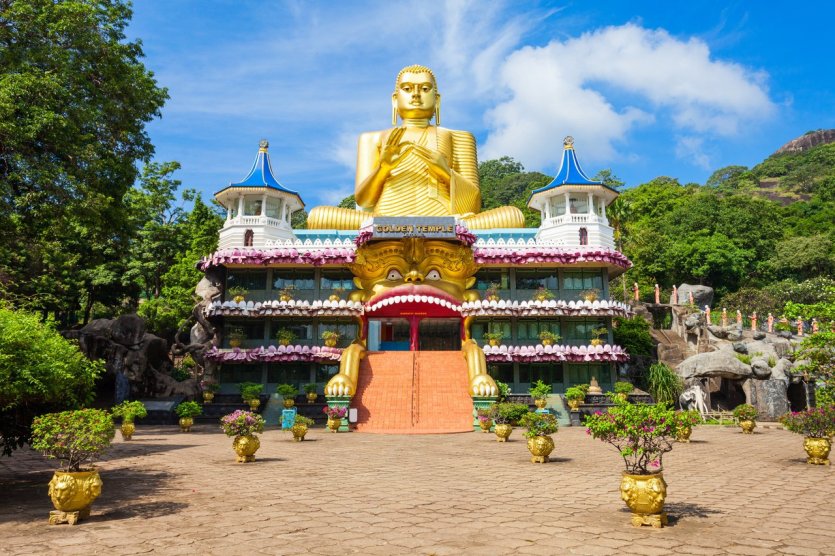
Perched atop a hill, the five caves of Dambulla are of great importance to Buddhism, housing several statues representing the Buddha as well as mural frescoes. This is where you'll find the Dambulla Rock Cave Temple, also known asthe "Golden Temple", which was declared a UNESCO World Heritage Site in 1991. Taking the form of a complex of cave temples at the base of a rock, and housing a huge modern golden Buddha, it is perhaps the most well-preserved historical site on the island. Access to the caves is via staircases carved into the stone, and below the hill, beneath the monumental golden statue, you can visit a museum dedicated to Buddhism.
Click here to to take advantage of our partner's special offers and book a guided tour of the temple, caves and village .
15. Climb Adam's Peak by night
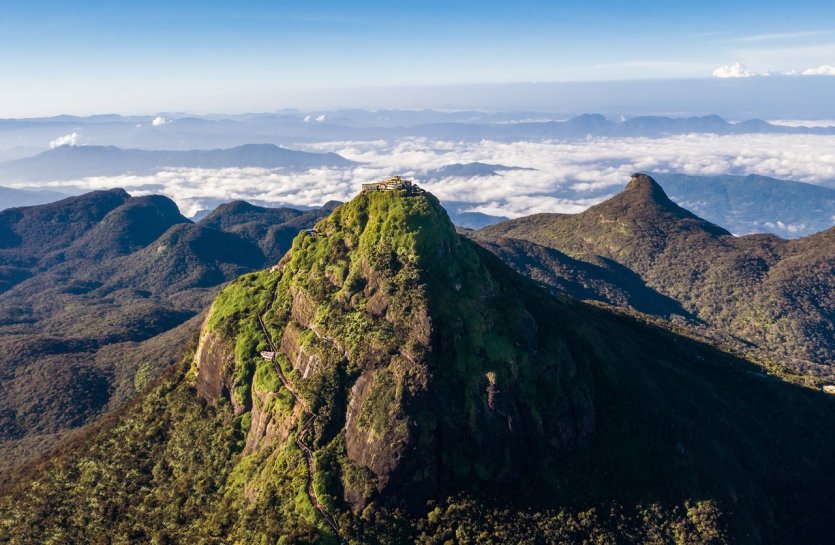
Dominating at a height of 2243 meters, Adam's Peak, also known as Sri Pada - meaning "sacred footprint" - represents a place of profound spirituality for many devotees. It is said to be where the Buddha last resided on earth, giving the mountain a sacred dimension that makes it one of the island's major pilgrimage sites. Hindus see it as the footprint of Vishnu or Shiva, while Muslims say it is the footprint of Adam, who was forced to stand on one foot for a thousand years after being expelled from the Garden of Eden.
The best time to climb Adam's Peak is at night, starting when it's dark to avoid the heat. There are two main routes to the summit, one to the north and the other to the south. We recommend you take the easier northern route, which takes around 3 hours to walk from Nallathianniya. Stations are set up every 1.5 to 2 kilometers, offering pilgrims a place to rest during the 7-kilometer ascent. After climbing the 5831 steps, you'll reach the summit in the early hours of the morning, just in time to watch the sunrise - a truly magical experience. If you're lucky, at the top of the mountain you'll be able to see the temple containing Buddha's footprint.
The climb can be made on your own by leaving a symbolic offering at the entrance, but you can also choose to book a guided tour right here with an experienced guide who will accompany you all the way.
16. Take a leap back in history in Galle
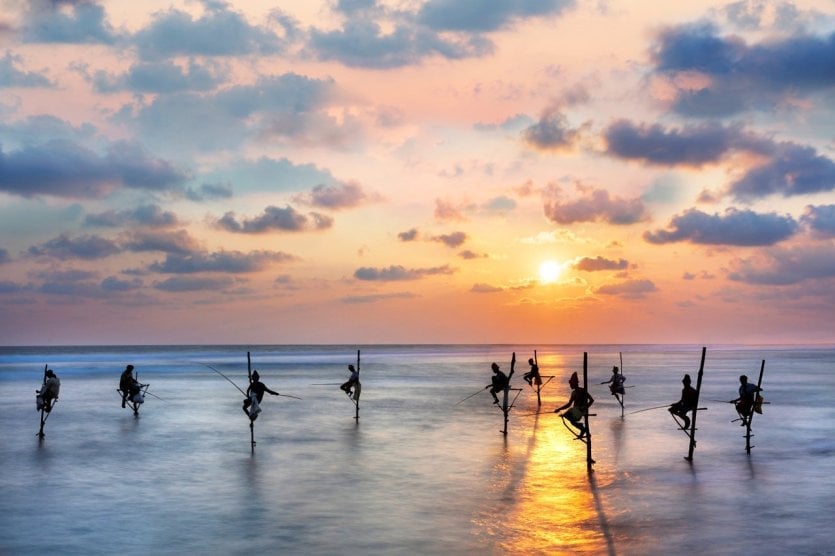
Located 116 kilometers south of Colombo, Galle (pronounced "gol") is a city that's the equivalent of taking a leap back several centuries in the history of Sri Lanka and its colonial past blending Portuguese, Dutch and English influences. Today, Galle's old town and its ramparts, reminiscent of a fortified city in the manner of Vauban's achievements, are listed as a Unesco World Heritage Site. Here you can contemplate the world's largest preserved Dutch fortress , with its remarkably well-preserved colonial architecture. The fort's interior is characterized by streets intersecting at right angles, colonial-style mansions with red-tiled roofs, and baroque churches. The atmosphere here is one of nostalgia, and it's a pleasure to stroll through the narrow streets of this unique place, where memories of East and West come together.
Which is the most beautiful part of Sri Lanka?
Sri Lanka offers a diversity of beautiful landscapes and sites, making it difficult to single out any one part as the most beautiful, as each region has its own unique charms and attractions. But if we had to choose, we'd say that the panoramic views over the hills and tea plantations, the majestic waterfalls and lush landscapes in the mountainous central region (especially the towns of Nuwara Eliya and Ella) are a sight not to be missed on your trip to Sri Lanka. And of course, the mythical Blue Train between Kandy and Ella offers one of the most beautiful scenic routes in the world.
When is the best time to visit Sri Lanka?
The ideal time to explore the western and southern regions is from mid-December to mid-March, when temperatures are optimal and not too high, while the best time to visit the coast is from June to September. It's a superb destination for for a trip in August, for example. Remember to book your accommodation in advance, especially during major cultural and religious events, as the Buddhist calendar plays a central role in the lives of Sri Lankans. Each full moon day, known as "poya", is observed as a national holiday. The New Year is celebrated in April for both Buddhists and Hindus.
What are the risks and dangers in Sri Lanka?
Are you wondering whether Sri Lanka is a dangerous country? Rest assured, Sri Lanka is generally considered a safe country for travelers . However, as with any destination, there are a few risks and precautions to take into account, as its poverty level potentially exposes travelers to street harassment, scams or even possible theft.
As in many tropical countries, there are risks of diseases such as dengue fever and malaria. Consult your doctor for the necessary vaccinations before travelling, and take steps to avoid insect bites.
What to do in Sri Lanka in July or August?
July and August correspond to the rainy season in some parts of Sri Lanka, particularly on the west and south-west coasts. However, you can still make the most of your trip by exploring other regions that enjoy more favorable weather conditions during this period. The eastern and northeastern coastal regions , for example, such as Trincomalee, Batticaloa and Arugam Bay, experience drier weather conditions during these months. You can enjoy magnificent beaches, water sports and marine life. Sri Lanka's national parks offer a unique wildlife experience. Although conditions are wetter, parks such as Udawalawe and Minneriya are still home to a variety of animals, including elephants, birds and other species.
The historic sites of the Cultural Triangle, such as Sigirîya, Polonnaruwa and Dambulla, can also be visited in July and August. Even with occasional showers, these sites offer a fascinating insight into Sri Lanka's history and culture. You can also trekking in the mountains especially in the Nuwara Eliya and Ella regions, where cooler temperatures make for pleasant hiking and walking.
What to see in Sri Lanka in 15 days?
In 15 days, you can explore a variety of destinations in Sri Lanka for an enriching and complete experience between idleness and adventure. Here's a suggested itinerary for discovering different facets of the country, backpacking for example, as Sri Lanka is one of backpackers' favorite destinations.
-Day 1-2: Colombo
Explore the capital, Colombo, visiting sites such as the Fort district, Pettah market, Gangaramaya temple and the Galle Face Green waterfront.
-Day 3-4: Sigirîya and Dambulla
Head to Sigirîya and climb the Lion Rock to admire the murals and panoramic views. Visit the Dambulla caves, home to Buddhist statues and paintings.
-Day 5: Polonnaruwa
Explore the ancient ruins of Polonnaruwa, another of Sri Lanka's former capital cities, home to temples and historic monuments.
-Day 6-7: Kandy
Visit the Temple of the Tooth in Kandy, one of Buddhism's most sacred religious sites. Attend the Kandy Cultural Show in the evening. Take a boat trip on Lake Kandy.
-Day 8-9: Nuwara Eliya and Ella
Enjoy picturesque views on the way to Nuwara Eliya, a mountain town known for its tea plantations. Explore the tea plantations and visit a tea factory. Leave for Ella, where you can hike to Ella Peak and admire the view from the Nine Arch Bridge.
-Day 10-11: Uda Walawe National Park
Join a safari to see the elephants and wildlife of Uda Walawe National Park, for example. Alternatively, head for Wilpattu National Park, which offers a more intimate and confidential setting for one of the world's finest safaris. The scenery is superb, with lush green forests, refreshing waterholes and dirt tracks.
-Day 12-13: South and east coast beaches
Relax on the beaches of Mirissa, Unawatuna or Tangalle. If it's July or August, opt for east coast beaches like Trincomalee.
-Day 14-15: Galle
Visit the historic city of Galle, with its fortifications, cobbled streets and colonial buildings. Explore Galle Fort, a UNESCO World Heritage Site. Enjoy shopping and local cuisine.
This itinerary will allow you to discover a wide variety of landscapes, cultures and experiences in Sri Lanka. Don't forget to adjust the details according to your interests and weather conditions. And if you're a motorcycle fan, Sri Lanka is one of our top 10 countries to discover on a motorcycle trip!
Tempted by a vacation in Sri Lanka? Take advantage of a discount by booking your travel insurance here , and leave with peace of mind!


